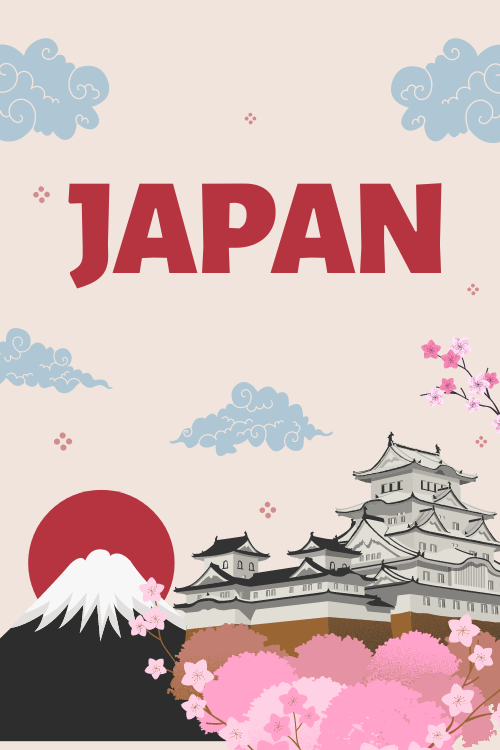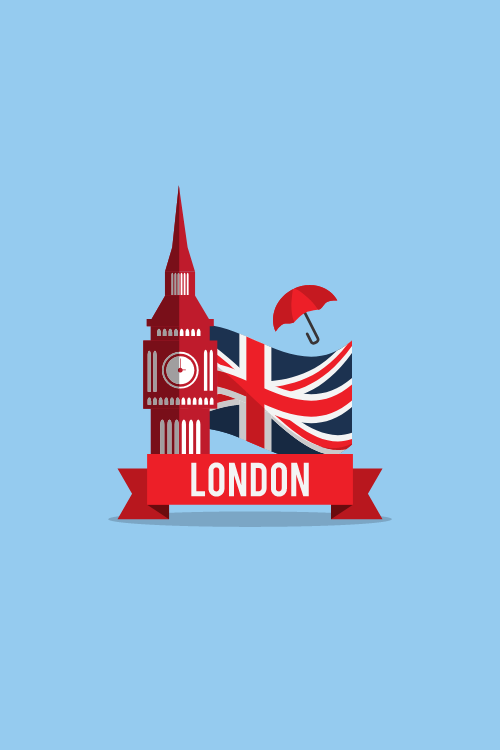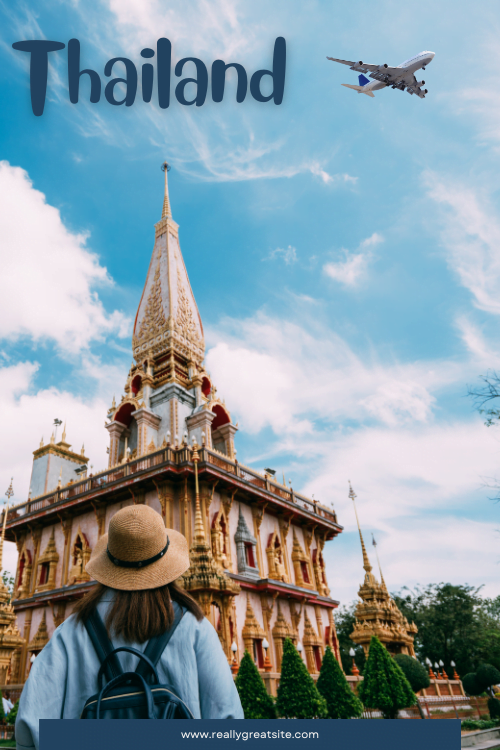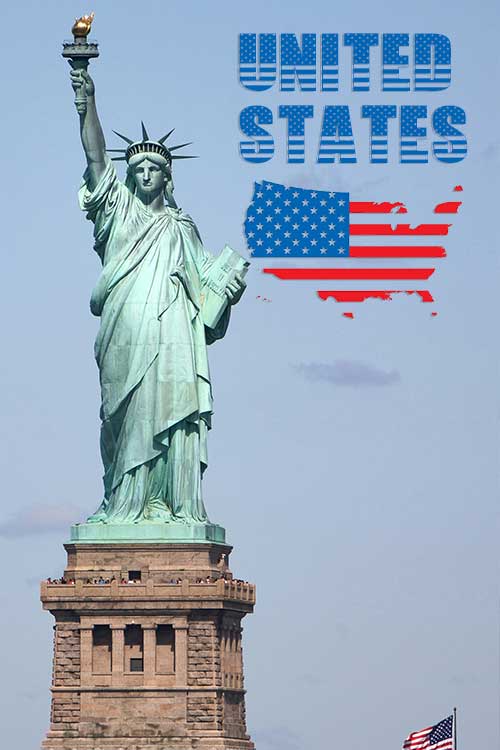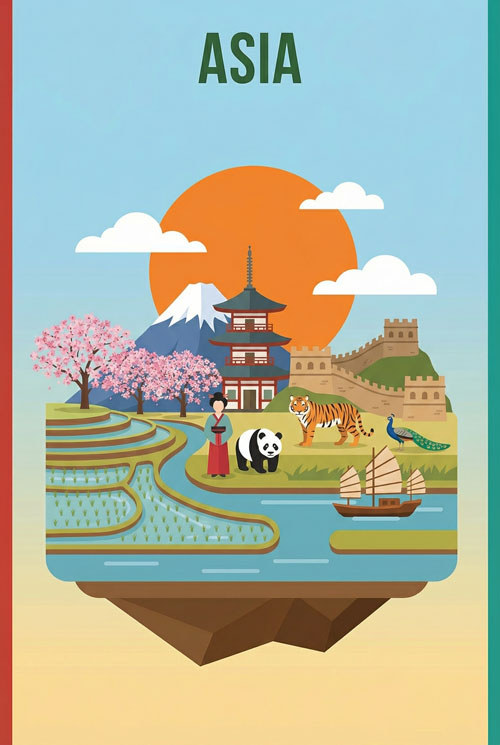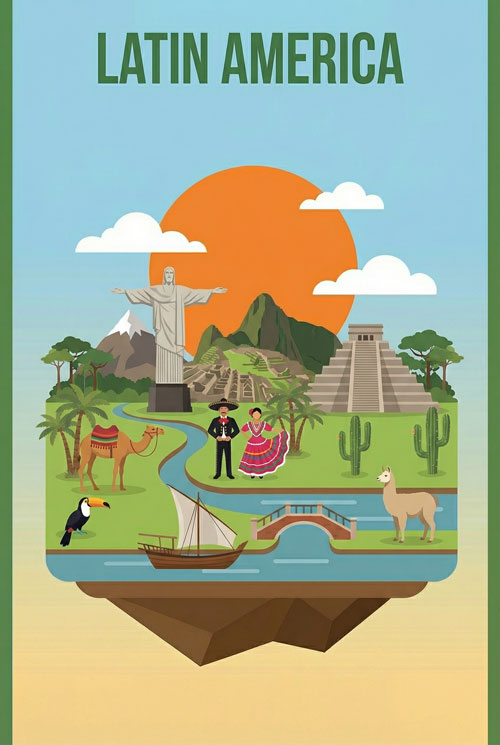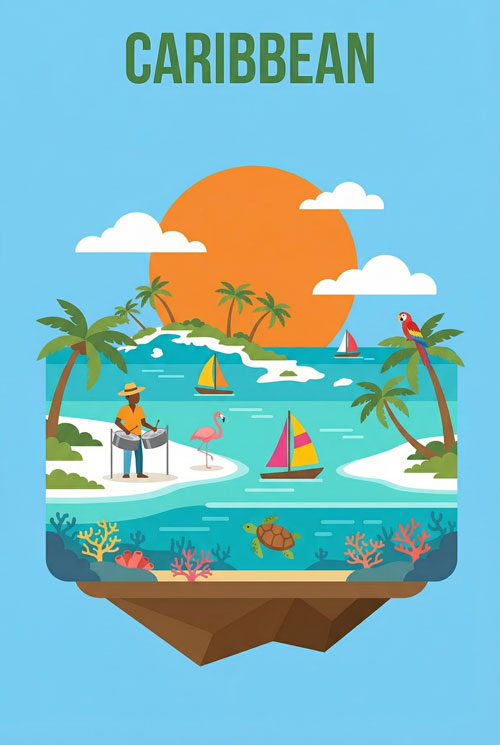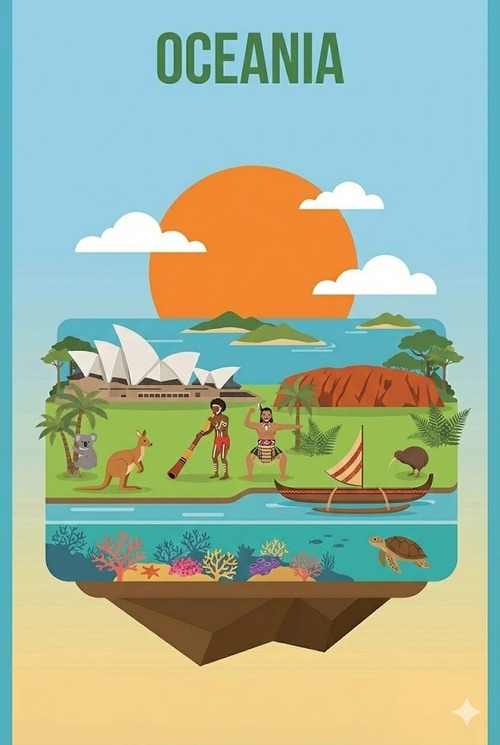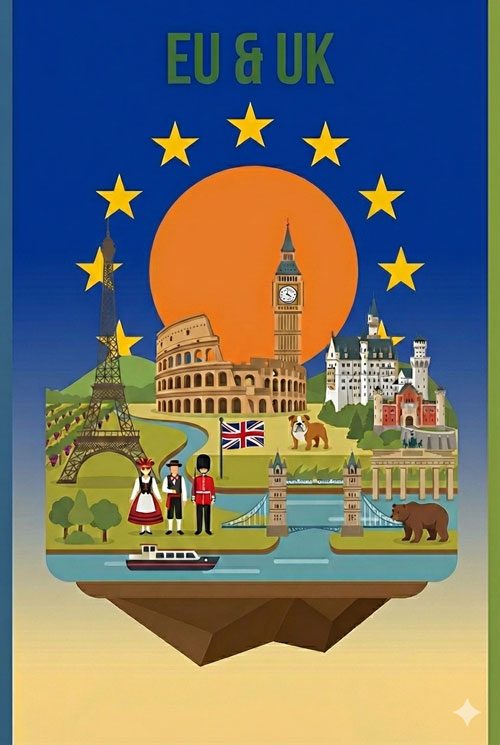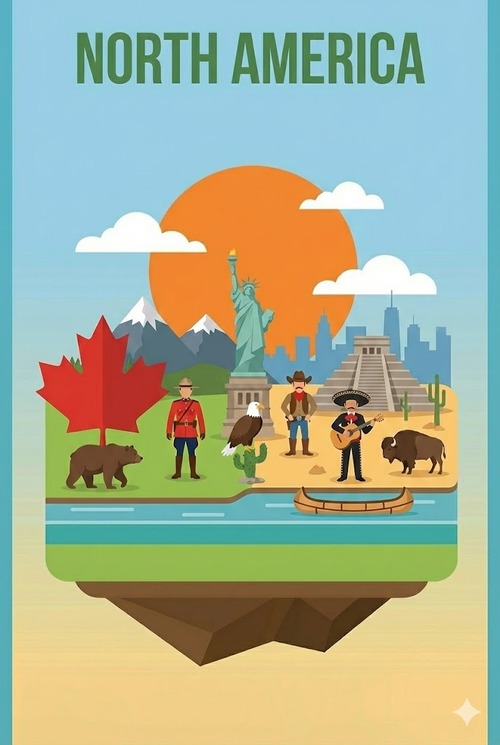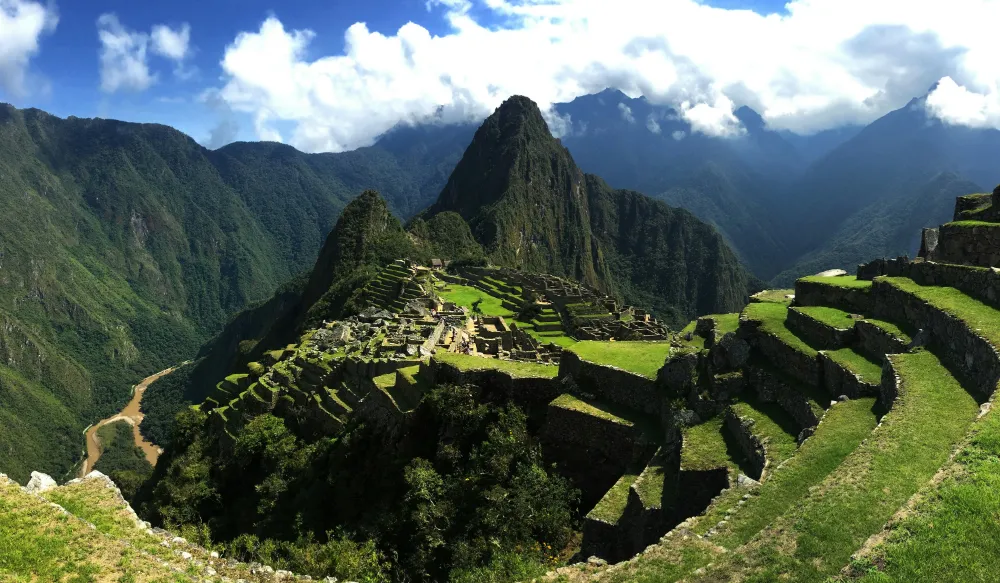Travel Guide
Best Time to Go to Machu Picchu
Okay, so you’re planning a trip to Machu Picchu? Amazing! Standing there, looking out over those ancient Inca ruins high in the Andes… it’s truly a breathtaking experience.
But you probably already know that. What you really want to figure out is when you should actually go to make your trip the best it can be.
Timing your visit is super important. It affects everything from the kind of weather you’ll face to how many other people you’ll be sharing the view with. It even impacts how much your trip might cost. Getting the timing right can make a good trip great.
Let’s dive into what makes different times of the year unique at this incredible World Heritage site. We’ll look at weather, crowds, and costs so you can pick the perfect window for your adventure.
Understanding the Weather: It’s a Cloud Forest!
Machu Picchu sits high up in the Andes, nestled in what’s called a cloud forest. This means it has a specific kind of subtropical highland climate. Think generally warm and humid pretty much year-round.
There are two main seasons you need to know about:
- The Dry Season: Usually runs from April to October.
- The Rainy Season: Typically from November to March.
Temperatures stay fairly mild all year, bouncing between roughly 50°F and 80°F (10°C to 27°C). But don’t let “dry season” fool you completely. Because it’s a cloud forest, you can get some rain or mist any time of year. The difference is how much and how often it rains. No matter when you go, layers are your friend.
The Dry Season (April – October): Sunshine and Crowds
Many people think the dry season is the absolute best time for a visit. Why? Because you generally get optimal weather.
From April to October, you can expect less rain, clearer skies, and more sunshine. This makes hiking easier and gives you those stunning, postcard-perfect views of the ruins against a bright blue sky. Daytime temperatures are comfy for walking around. Just remember, the nights can get chilly, especially in June and July, so pack warm layers!
Sounds perfect, right? Well, there’s a catch.
This great weather attracts a lot of people. The dry season is peak tourist season. This means longer lines to get in, more people on the trails, and a busier feel overall. June, July, and August are especially packed because the weather is considered the very best.
Because so many people want to visit during these months, you must book things way ahead of time. We’re talking entrance tickets, train tickets, hotels, and tours – sometimes months in advance. They sell out fast!
And, as you might guess, high demand means higher prices. Expect costs for travel and accommodation to jump up, sometimes by 30% or even more compared to the low season.
One specific month to note is June. Besides the great weather,Nearby Cusco hosts the famous Inti Raymi (Festival of the Sun) around June 24th. It’s a huge cultural event drawing massive crowds to the whole region, including Machu Picchu. If you love festivals, great! If you prefer quiet, maybe avoid late June.
The Rainy Season (November – March): Green Views and Fewer Faces
Now let’s talk about the other side of the coin: the rainy season. From November to March, things are different. You’ll find higher humidity, more cloud cover, and yes, more rain.
It doesn’t usually pour rain all day, every day. Often, it comes in bursts – sometimes a light drizzle, sometimes a heavier shower. But you definitely need to be prepared. Good waterproof jackets, pants, and sturdy, water-resistant shoes are essential. The stone paths can get slippery when wet.
So, why would you choose the rainy season? Two big reasons: fewer visitors and lower costs.
This is the low season for tourism. You’ll find far fewer people exploring the site. Imagine having parts of this incredible place almost to yourself – it can feel much more peaceful and personal. If you dislike crowds, this could be your time.
Fewer tourists also mean lower prices. You can often find better deals on hotels, trains, flights, and tours. For travelers watching their budget, this can make a big difference.
Plus, all that rain makes the surrounding mountains incredibly green and lush. The landscape is vibrant and alive, offering a different kind of beauty.
Something important to know: February is usually the wettest month. It’s also when the classic Inca Trail (the famous 4-day trek) closes for maintenance. Machu Picchu itself stays open, reachable by train. However, heavy rains, especially late January and February, can sometimes cause landslides or travel disruptions. Clouds are also more common, meaning the citadel might be wrapped in mist, which can be magical but might also block the view. If you travel during this time, being flexible is key.
The Shoulder Seasons (April-May & September-October): Finding the Balance
What if you want the best of both worlds? That’s where the shoulder seasons come in. These are the months that transition between the wet and dry seasons: April-May and September-October/November.
Many travelers feel these months offer a fantastic sweet spot.
In April and May, the heaviest rains have usually stopped. The landscape is still beautifully green from the wet season, but the skies start clearing up. You get pleasant weather, but the big peak-season crowds haven’t quite arrived yet. It’s a great time for hiking and exploring in a more relaxed atmosphere.
September and October see the dry season winding down. Crowds start to thin out after the August peak. The weather is generally still good, though the chance of rain might start to increase slightly as you move into October. Temperatures are comfortable. Again, it’s a good balance – decent weather, fewer people.
November marks the real start of the rainy season, but it can still offer many lovely days. Rain becomes more frequent, but you’ll definitely encounter fewer tourists than in the preceding months. If you don’t mind dodging some showers for a quieter experience, November can work well.
A Quick Month-by-Month Peek
Let’s quickly break down the year:
- January: Rainy, warm, low crowds. Potential travel delays.
- February: Wettest month, warm, very low crowds. Inca Trail closed.
- March: Still rainy but easing up, warm, low crowds. Inca Trail usually reopens mid-month.
- April: Getting drier, mild, lush landscape, medium crowds. Often seen as ideal.
- May: Start of dry season, pleasant, medium crowds. High season begins.
- June: Dry, sunny days, chilly nights, high crowds. Inti Raymi in Cusco. Book way ahead.
- July: Dry, sunny, often coldest month (especially nights), high crowds. Peru Independence Day.
- August: Driest, clearest, often windiest, very high crowds (busiest month). Book way, way ahead.
- September: Crowds lessen, weather still mostly dry and pleasant, medium crowds. Good for hiking.
- October: Weather more variable, chance of rain increases, temps warm up, medium crowds. Still great value.
- November: Rainy season begins, more frequent showers, pleasant temps, medium-low crowds.
- December: Rainy season underway, more wet days, pleasant temps, crowds increase later for holidays.
This gives you a sense of the trade-offs each month offers.
Best Time Based on What YOU Want to Do
Your perfect time might depend on your specific plans:
- For Hiking (like the Inca Trail): The dry season (April-October) is best for trail conditions. April-May and Sept-Oct offer good weather with potentially fewer hikers. Remember: Book Inca Trail permits many months in advance, especially for peak season (June-Aug). February closure is key. Alternative treks exist year-round but can be muddy in the wet season.
- For Avoiding Crowds: The rainy season (Nov-Mar) is your best bet, especially February (if not hiking the Inca Trail). April-May and Sept-Oct are less crowded than June-August. Avoid holidays and festival times if peace is your priority.
- For Budget Travelers: The rainy season (Nov-Mar) usually offers the lowest prices on flights, trains, and lodging. Shoulder seasons can also be more affordable than peak.
- For Photographers: Shoulder seasons (Apr-May, Sept-Oct) strike a nice balance. You get good light, lush backgrounds (especially April-May), fewer people photobombing your shots, and maybe even some atmospheric mist. The bright blue skies of the dry season are great too, but you’ll battle crowds for the best spots.
Watch Out for Festivals
Local events can make things busier and pricier. As mentioned, Inti Raymi (June 24th in Cusco) is huge. Cusco Jubilee celebrations (May/June) and Peruvian Independence Day (July 28-29) also draw crowds. Christmas and New Year’s see a visitor spike.
If your dates fall during these times, book everything well in advance. If you prefer quiet, maybe schedule around them.
What About the Time of Day? Morning vs. Afternoon
Even the time you enter Machu Picchu matters!
- Early Morning (around 6:00 AM): Pros: See the sunrise (if clear), fewer people initially, cooler temps for hiking. Cons: Potential for morning mist obscuring views, requires a very early start (likely staying overnight in nearby Aguas Calientes).
- Late Afternoon (after 2:00 PM until closing around 5:30 PM): Pros: Most day-trippers have left, much quieter, chance to see the sunset light. Cons: Less overall time at the site.
Mid-morning (8:00 AM – 10:00 AM) can be a good compromise after the first wave. Try to avoid Sundays if possible, as locals often visit then, making it busier.
Practical Tips for Your Trip
No matter when you decide to go, keep these things in mind:
- Book Machu Picchu tickets well in advance! Entry is limited each day. Don’t wait.
- Book Inca Trail permits months ahead if you plan to hike it. They sell out incredibly fast.
- Pack layers. Weather can change quickly in the mountains. Include rain gear (jacket, maybe pants) and sun protection (hat, sunscreen, sunglasses) regardless of the season. Good walking shoes are a must.
- Consider staying overnight in Aguas Calientes. This town is right at the base of Machu Picchu and makes early morning entry much easier.
- Think about travel insurance. Especially if traveling in the rainy season, insurance covering delays or cancellations can be helpful.
Staying Connected With eSIM4.com
One thing that can definitely put a damper on an amazing trip is coming home to a shocking phone bill filled with global roaming charges. It’s happened to many travelers, and it’s incredibly frustrating. You want to share those incredible photos, use maps to navigate Cusco, or quickly check restaurant reviews, but the fear of high costs holds you back.
This is where modern technology offers a fantastic solution: the eSIM.
What’s an eSIM? Think of it as a digital SIM card. Instead of a physical plastic chip you swap out, an eSIM is built into many newer smartphones. It lets you add a data plan from a local provider in Peru (or almost anywhere else) without needing to physically change your main SIM card.
This means you can avoid surprising roaming charges from your home carrier. It’s often much cheaper and way more convenient.
eSIM vs. Physical SIM: What’s the Difference?
Let’s quickly compare:
- Physical SIM:
- Pros: Works in nearly any unlocked phone. You might get a local phone number included. Readily available in towns like Cusco (though maybe not right at the airport).
- Cons: You need to find a store upon arrival (dealing with potential language barriers and time). You have to physically remove your home SIM (easy to lose!). You need a tool (or paperclip) to open the SIM tray. Might not be the absolute best data deal available.
- eSIM:
- Pros: Instant delivery (usually via email with a QR code or link after purchase online). No physical swapping needed – your home SIM stays put. You can often buy and set it up before you even leave home. Many providers offer competitive affordable mobile data while traveling. Often connects automatically when you land. More eco-friendly (no plastic).
- Cons: Your phone needs to be eSIM compatible (most newer iPhones and Androids are, but check first!). Your phone must be unlocked. Basic eSIM plans often focus on data, though some providers offer options for calls/texts.
For most travelers heading to Peru, the convenience and cost savings of an eSIM make it a really smart choice. Imagine landing in Cusco, turning on your phone, and instantly having affordable data to use Google Maps, WhatsApp, or share that first glimpse of the Andes. No hunting for a SIM store, no fiddling with tiny cards. You can get Peru eSIMs easily online before your trip.
Companies like eSIM4 specialize in this, offering plans for Peru and over 200 other countries. They focus on making it super easy – you can often install the eSIM just by scanning a QR code sent to your email after purchase. Some providers, including eSIM4, have features like automatically connecting to the best local network upon arrival and offer 24/7 support if you need help. Their optional app even lets you manage data, buy virtual numbers, or add calling/texting packages if needed. Being able to stay connected affordably takes one more worry off your mind.
Using an eSIM lets you focus on the magic of Machu Picchu, not on unexpected phone bills.
So, When Will You Go?
Ultimately, there’s no single “perfect” time to visit Machu Picchu that fits everyone. It comes down to your priorities.
- Want the absolute best chance of sunny photos and dry trails? Go during the dry season (April-October), but be ready for crowds and higher costs, and book early.
- Want to feel like you have the place more to yourself and save some money? Choose the rainy season (November-March), but pack for wet weather and be flexible.
- Looking for that Goldilocks “just right” balance? Aim for the shoulder seasons (April-May or September-October) for a great mix of decent weather and fewer people.
No matter when you choose, Machu Picchu is an experience that will stay with you forever. By thinking about the weather, crowds, your budget, and how you’ll stay connected, you can plan a trip that perfectly suits you. Prepare well, embrace the adventure, and get ready for your unforgettable journey to the Lost City of the Incas.

